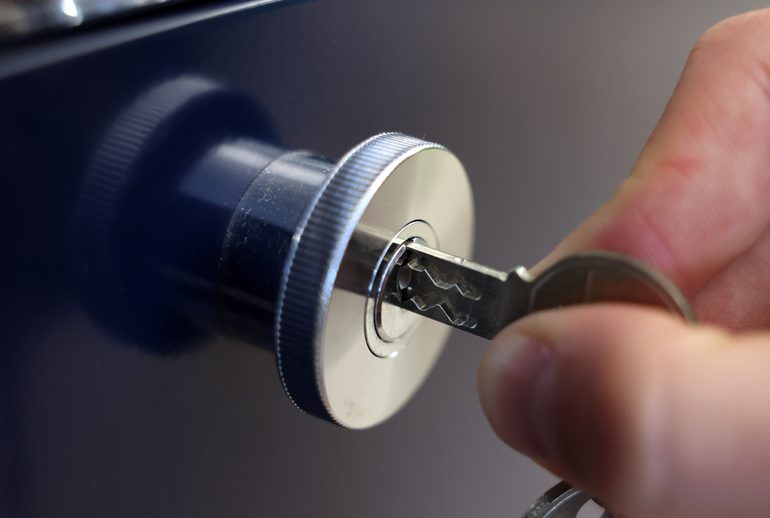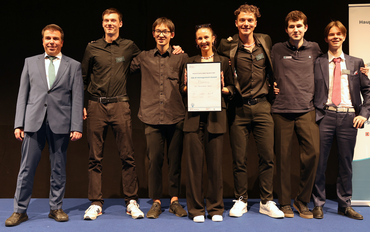Eight years in prison was the ruling against ex-Coca-Cola employee Joya Williams. Eight years – for trying to sell Coca-Cola’s secret recipe to Pepsi. What Williams didn’t bear in mind was that trade secrets are legally protected, just like patents. A trade secret is information that is commercially valuable provided that it’s kept secret. Unauthorised use of a trade secret is considered to be unfair competition and is banned.
For IP professionals
This is the portal for professionals working in the field of intellectual property. Here you'll find direct access to all necessary resources.
Quick links
News
20.02.2025 | Law and policy, Copyright
AI regulation in Switzerland: Federal Council chooses a sectoral approach
...more
Secrets, spies and soft drinks: the role of trade secrets in innovation
They put some people in prison for a long time and help others earn millions. And yet we’re not supposed to know anything about them. We’re talking about trade secrets, which are (probably) the most popular intellectual property (IP) right. But what exactly are trade secrets? A rough guide.

Most popular way to protect inventions?
Numerous studies suggest that trade secrets are the most frequently used IP right for inventions.1 For example, in a recent survey in Singapore, 75% of respondents saw trade secrets as the most important IP right for their company, ahead of trade marks and copyright, at 61%, and patents, at 59% (multiple answers were possible). What’s more, it’s estimated that unauthorised use and theft of trade secrets cause annual losses amounting to 3% of GDP. In Switzerland, that means losses of around 23 billion Swiss francs.
Aside from such rough estimates, it’s unfortunately difficult to research trade secrets, precisely because they’re secret and there is neither a register nor a disclosure requirement, in contrast to patents. The figures mentioned are to be taken with a pinch of salt too: although they’re significant, we still know relatively little about trade secrets.

Forever secret
In theory, we at least know in which cases companies need trade secrets. And that is when the profit on a secret invention minus the costs of keeping it secret is higher than if the product were protected by a patent. The costs of keeping a secret may include IT measures or adjustments to production processes: as no Coca-Cola employees are allowed to find out the secret formula, the production process has to be split up so that each employee is only familiar with part of the process. This is costly, but there are no other costs involved in trade secrets, such as lawyer’s fees or other fees (as with patents). Moreover, trade secrets can last for ever and are also effective for inventions that cannot be patented. They can thus replace or supplement patents.

Examples of trade secrets
- Business plans
- Manufacturing processes
- Algorithms
- Software code
- Client data
- Non-patentable inventions
1 See Michael Risch, Why Do We Have Trade Secrets?, 11 Intellectual Property L. Rev. 1 (2007; Searle, Nicola; The Economic Impacts of Trade Secrets, 2021; https://www.ipos.gov.sg/docs/default-source/resources-library/trade-secrets/trade-secrets-public-report-2sept2021.pdf
Tip: Eight steps to secure trade secrets: WIPO Magazine



